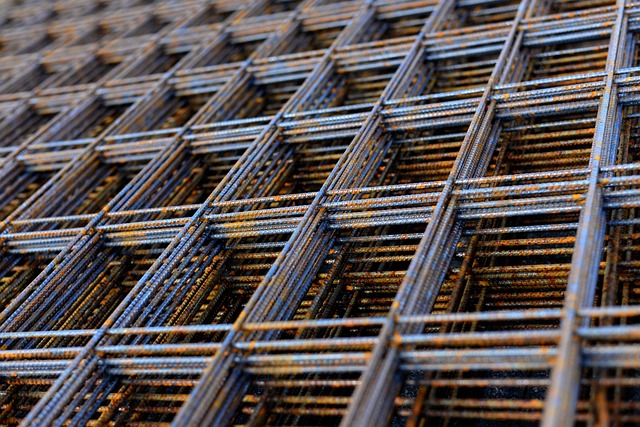It resists more forcefully the more you pull. It will eventually snap if you stretch it too far. Hooke’s Law, which explains how materials deform when forces are applied to them, provides an explanation for this straightforward behaviour.
Hooke’s Law, named for the 17th-century physicist Robert Hooke, asserts that, provided the material stays within its elastic limit, the force required to compress or extend a spring is exactly equal to the amount of compression or stretch.

For small deformations the stress developed in the body is directly proportional to the strain of the body i.e
Stress α Strain; Stress = K (Strain).
K = Stress / Strain ; where K = a constant, called modulus of elasticity.
SI unit of K is N m-2 and dimension is [ML-1 T-2].
The Mathematical Expression of Hooke’s Law
The law is usually written as:
F = −kx Where:
F is the force applied to the material (in Newtons, N)
k is the spring constant, a measure of the stiffness of the material (in N/m)
x is the displacement, or the amount the material stretches or compresses (in meters, m)
The negative sign (-) indicates that the force acts in the opposite direction of the displacement (restoring force).
Breaking It Down: What Does Hooke’s Law Mean?
1.Proportionality
If we stretch a spring twice as far, the force pulling it back doubles.
This means that small stretches require small forces, while big stretches require bigger forces.
2.Spring Constant (k)
Every material has a different stiffness.
A loose spring (like in a soft pen) has a small k, while a stiff spring (like in a car suspension) has a large k.

3. Elastic Limit
Hooke’s Law works only if the object doesn’t stretch too much.
If we pull a rubber band too far, it won’t return to its original shape.
This breaking point is called the elastic limit beyond this, the material deforms permanently.
Applications of Hooke’s Law
Hooke’s Law is more than just a theory it’s used in many applications:
1.Springs and Elastic Materials
Car suspension systems use springs that obey Hooke’s Law to absorb shocks.
Mattresses and trampolines rely on it for comfort and bounce.
2. Engineering and Construction
Engineers use Hooke’s Law to design bridges and buildings, ensuring they can handle forces like wind and weight.
Skyscrapers use flexible materials that obey Hooke’s Law to withstand earthquakes.
3. Medical Uses
Doctors use Hooke’s Law to understand how tendons and muscles stretch.
It’s also used in prosthetic limb design to make artificial joints move naturally.
4. Measuring Forces (Spring Scales)
Hooke’s Law is the principle behind spring scales (like those used to weigh vegetables in grocery stores).
The more weight applied, the more the spring stretches, and the scale can measure this force.
What Happens When Hooke’s Law Fails?
Only in cases where the deformation is elastic that is, when the force is removed does Hooke’s Law hold true. But excessive stretching or compression of a material can either:
Permanently deforms (like a stretched-out rubber band).
Breaks completely (like snapping a branch).
When constructing materials that must withstand high stresses, like car tires, sports equipment, and airplane wings, this limit is essential.
A Simple Experiment to See Hooke’s Law in Action
We can test Hooke’s Law at home with a simple setup:
Take a small spring and hang it from a hook.
Attach a weight (like a small object) and measure how much the spring stretches.
Add more weight and measure again.
You’ll notice that the stretch increases proportionally to the weight applied until it’s stretched too far.
